Contents
Landmarks
Print Page List
This edition contains the complete text of the original hardcover edition.
NOT ONE WORD HAS BEEN OMITTED .
CIRCLE ROUND
PUBLISHING HISTORY
Bantam hardcover edition published November 1998
Bantam trade paperback edition / February 2000
All rights reserved.
Copyright 1998 by Miriam Simos, Anne Hill, and Diane Baker.
Cover art and design copyright 1998 by Aenee Sheen.
Illustrations copyright 1998 by Sara Ceres Boore.
Library of Congress Catalog Card Number: 98-12715.
No part of this book may be reproduced or transmitted in any form or by any means, electronic or mechanical, including photocopying, recording, or by any information storage and retrieval system, without permission in writing from the publisher.
For information address: Bantam Books.
ISBN9780553378054
Ebook ISBN9780593355459
Bantam Books are published by Bantam Books, a division of Random House, Inc. Its trademark, consisting of the words Bantam Books and the portrayal of a rooster, is Registered in U.S. Patent and Trademark Office and in other countries. Marca Registrada. Bantam Books, New York, New York.
a_prh_5.5.0_c0_r0
Contents
Stories:
Rituals:
Activities:
Crafts:
Recipes:
Stories:
Rituals:
Activities:
Crafts:
Recipes:
Stories:
Rituals:
Activities:
Crafts:
Recipes:
Stories:
Rituals:
Activities:
Crafts:
Recipes:
Stories:
Rituals:
Activities:
Crafts:
Recipes:
Stories:
Rituals:
Activities:
Crafts:
Recipes:
Stories:
Rituals:
Activities:
Crafts:
Recipes:
Stories:
Rituals:
Activities:
Crafts:
Recipes:
Stories:
Rituals:
Activities:
Crafts:
Recipes:
How This Book Came to Be
One darkening October evening the day before Samhain, also known as Halloween, I (Diane) was standing in my kitchen. My husband was traveling. I had a major work project due. The children needed Halloween costumes. I was overwhelmed with household chores. And I had to create a religious celebration that would convey the essence of Samhain to my children in a meaningful way.
Leaning against the stove, I screamed inside, Why isnt there just a book I could open? I fantasized about this book. It would explain the holidays in language I could read to the children. There would be activities, stories, menus. It would answer my childrens questions. It would make me feel connected to all the other families raising their children in Goddess tradition. It was then that I resolved to be the last person to feel so desperately alone in my faith.
I decided the children would eat boxed macaroni and cheese for dinner and hard-boiled eggs the next day. I threw in the laundry, turned on a video for the kids, and got on the telephone to Marie Cantlon, a longtime friend and book editor. She loved the idea. But I think Starhawk is writing something about children. You should talk to her.
I caught up with my old friend Star the next day and asked whether she was writing the book I was waiting for. Anne Hill and I talked about doing something. Lets write it together, she suggested.
So began the next three years of writing, meeting, listening to other families, trying out ideas on our children (Anne says she felt like a field anthropologist in her own home) and children of friends. And all this time weve kept that person in the kitchen in mind. Shes not alone anymore.
How to Use This Book
Our goal for Circle Round is to support families building their own spiritual tradition, by bringing you celebrations, explanations, activities, and the experiences of other families. Our definition of family for this book is broad: loving people who join together in the hard and important work of raising children. Children and families need love and support. We hope you find both in the pages of this book.
In our practice of Goddess traditions, celebrations and rituals come from our creativity and our needs. The rituals in this book are examples, not liturgy or dogma. Our goal is for you to enjoy inventing your own family traditions. But as realistic members of our busy society, we know that most families have little time for creating new celebrations and we offer ours to share. This book is not meant to add more obligations to families, but to create nourishing energy that everyone can draw upon for renewal.
We have aimed for explanations clear enough to be read aloud to young children or read independently by older children. You may also wish to paraphrase our discussions in your own words, or use them to sharpen your own thinking. You may disagree with our ideas, and may sometimes tell your children, The women who wrote this book say thus and such, but I believe.
Three of us wrote this book. Although in general Starhawk wrote most of the stories, Anne and Diane most of the rituals, Anne most of the music, and Diane most of the crafts and recipes, we each had input into the whole. Just try to stop any one of us from expressing an opinion! We are all involved in raising children, both our own and others. Because our views are so intermingled, we didnt sign each segment, but where a writer refers to a personal experience, her name appears in parentheses, so our readers get a sense of the variety and diversity of our homes.
The Goddess Tradition: Where We Fit In
The thealogy and practices described in this book are those that arise from the Reclaiming community in the San Francisco Bay Area and beyond. Reclaiming is a community of women and men who have been working together, teaching and creating public rituals, for almost two decades. We encompass many different circles and covens, and over the years we have created our own evolving tradition. We have several roots: in the Faery tradition of Wicca as taught to us by Victor and Cora Anderson, in nonviolent direct-action politics of groups such as the Abalone Alliance, and in the ongoing experimentation and creativity of our community.
The Goddess tradition itself is composed of many circles that may overlap but are not identical. Here is a brief overview of these intertwined strands, and our relationship to them:
 Feminist spirituality includes people who range from initiated Witches to Christian ministers and rabbis. All share a concern with the role of women in religion and with the role religious images play in shaping our possibilities and opportunities as women.
Feminist spirituality includes people who range from initiated Witches to Christian ministers and rabbis. All share a concern with the role of women in religion and with the role religious images play in shaping our possibilities and opportunities as women.

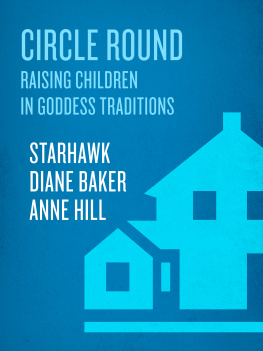

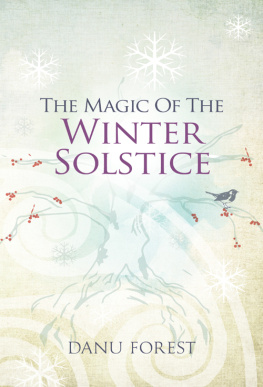
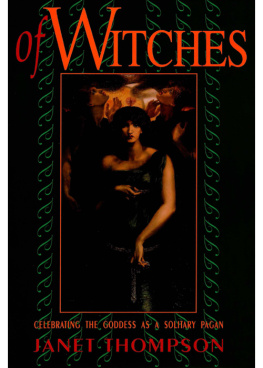

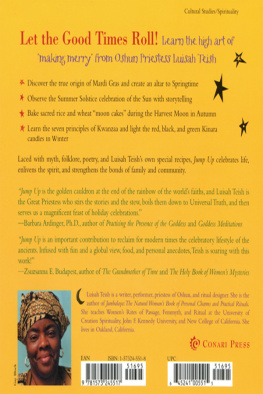
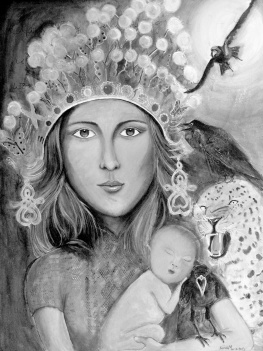
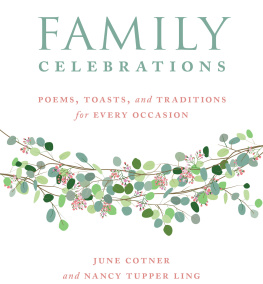


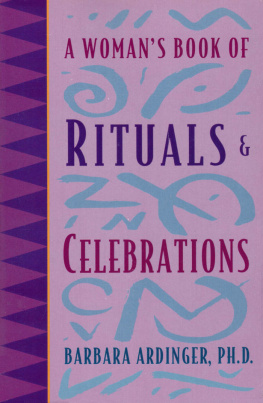

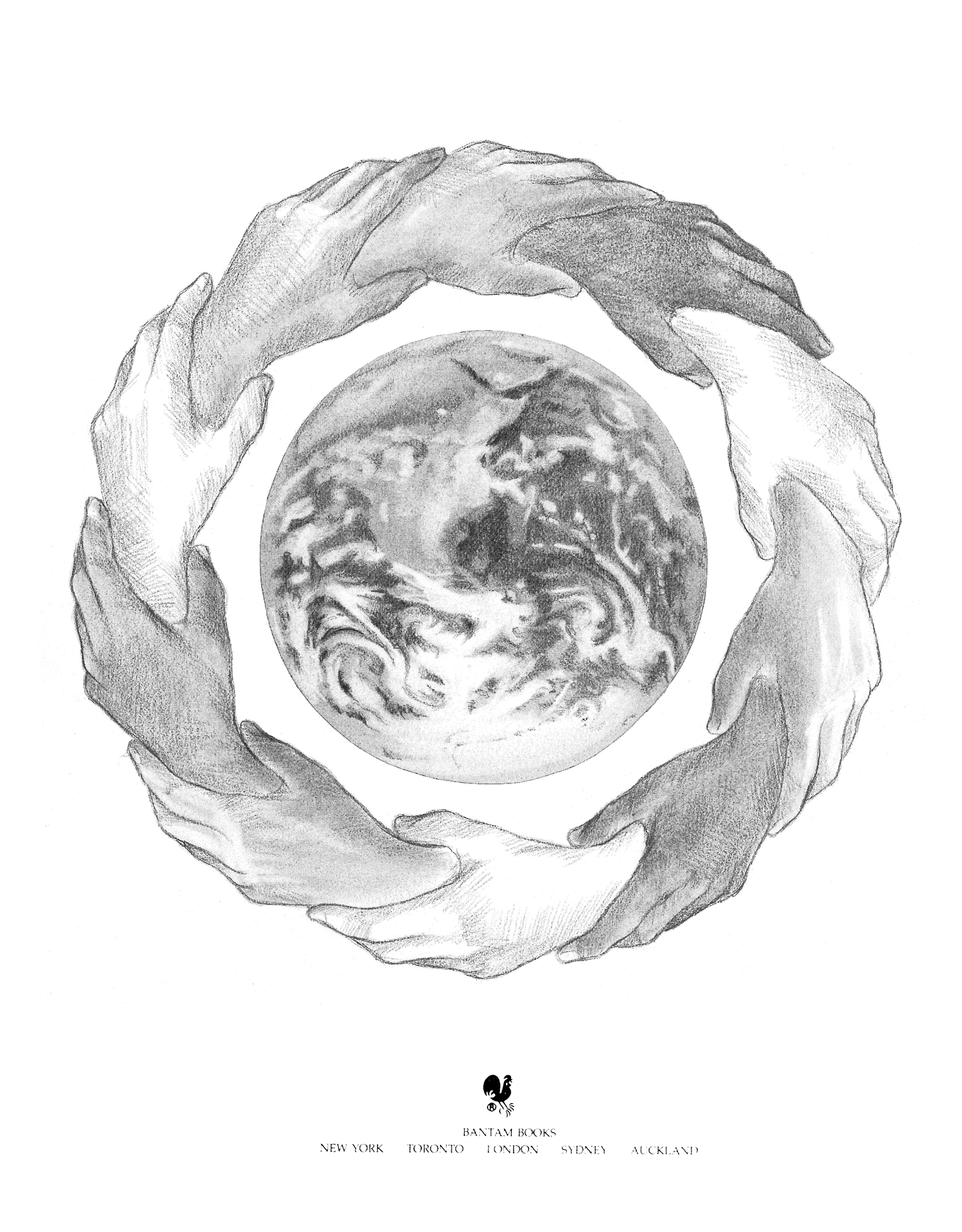
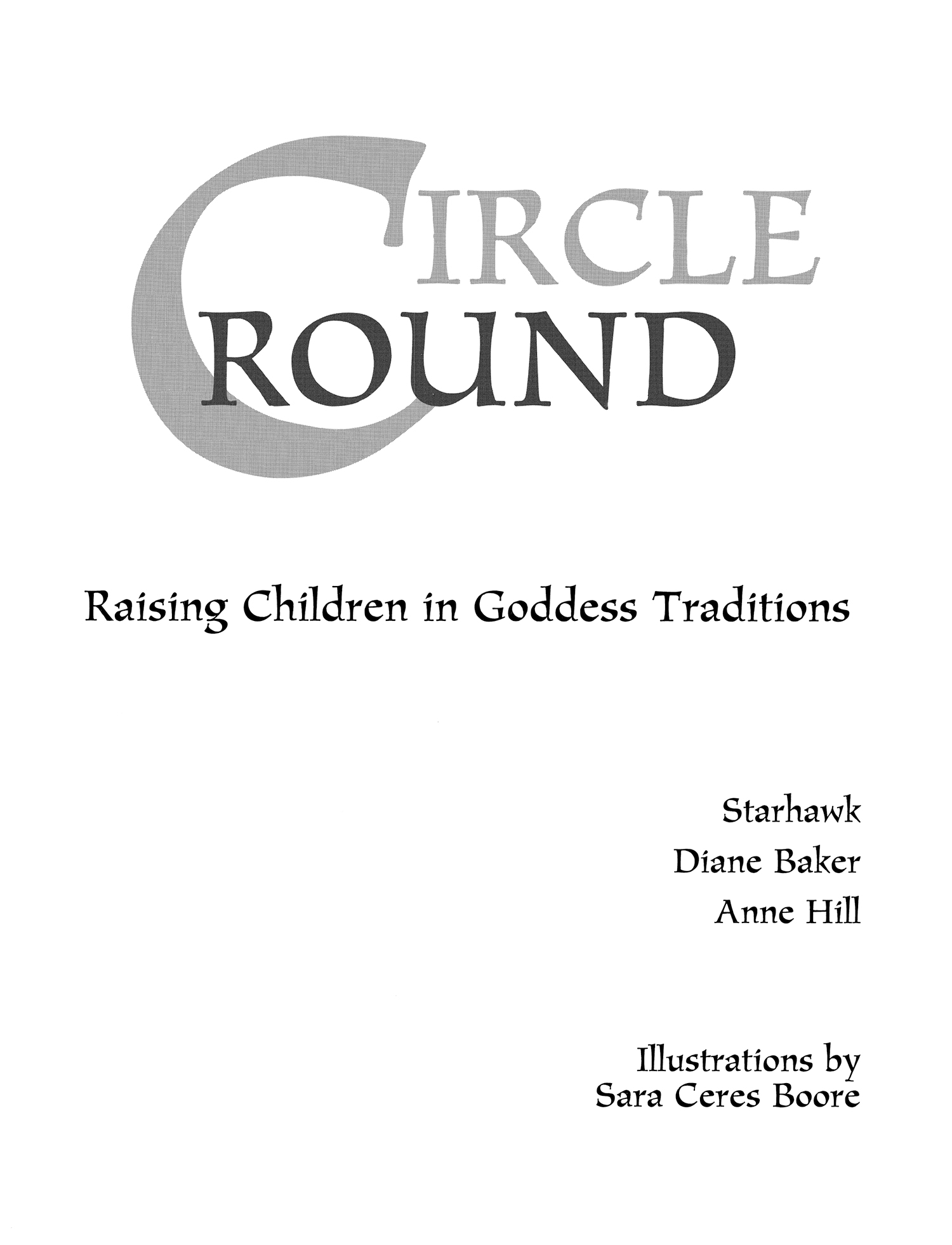
 Feminist spirituality includes people who range from initiated Witches to Christian ministers and rabbis. All share a concern with the role of women in religion and with the role religious images play in shaping our possibilities and opportunities as women.
Feminist spirituality includes people who range from initiated Witches to Christian ministers and rabbis. All share a concern with the role of women in religion and with the role religious images play in shaping our possibilities and opportunities as women.